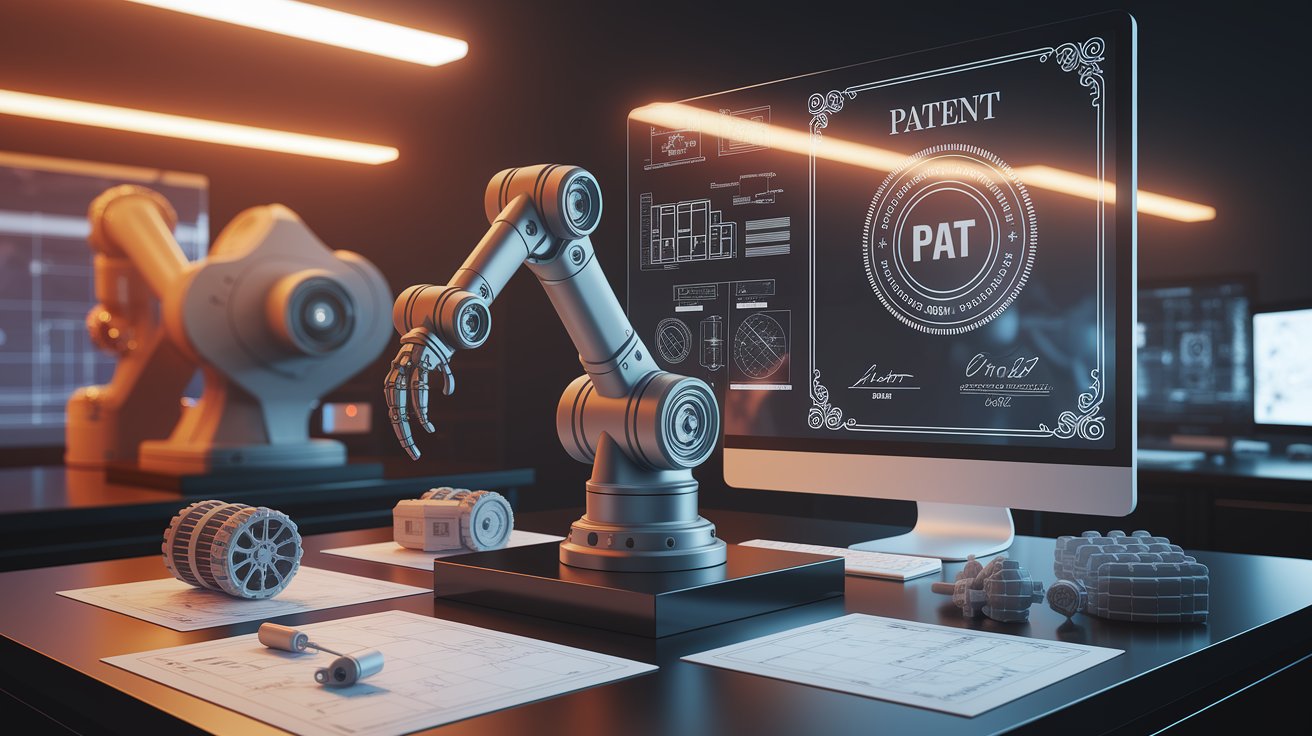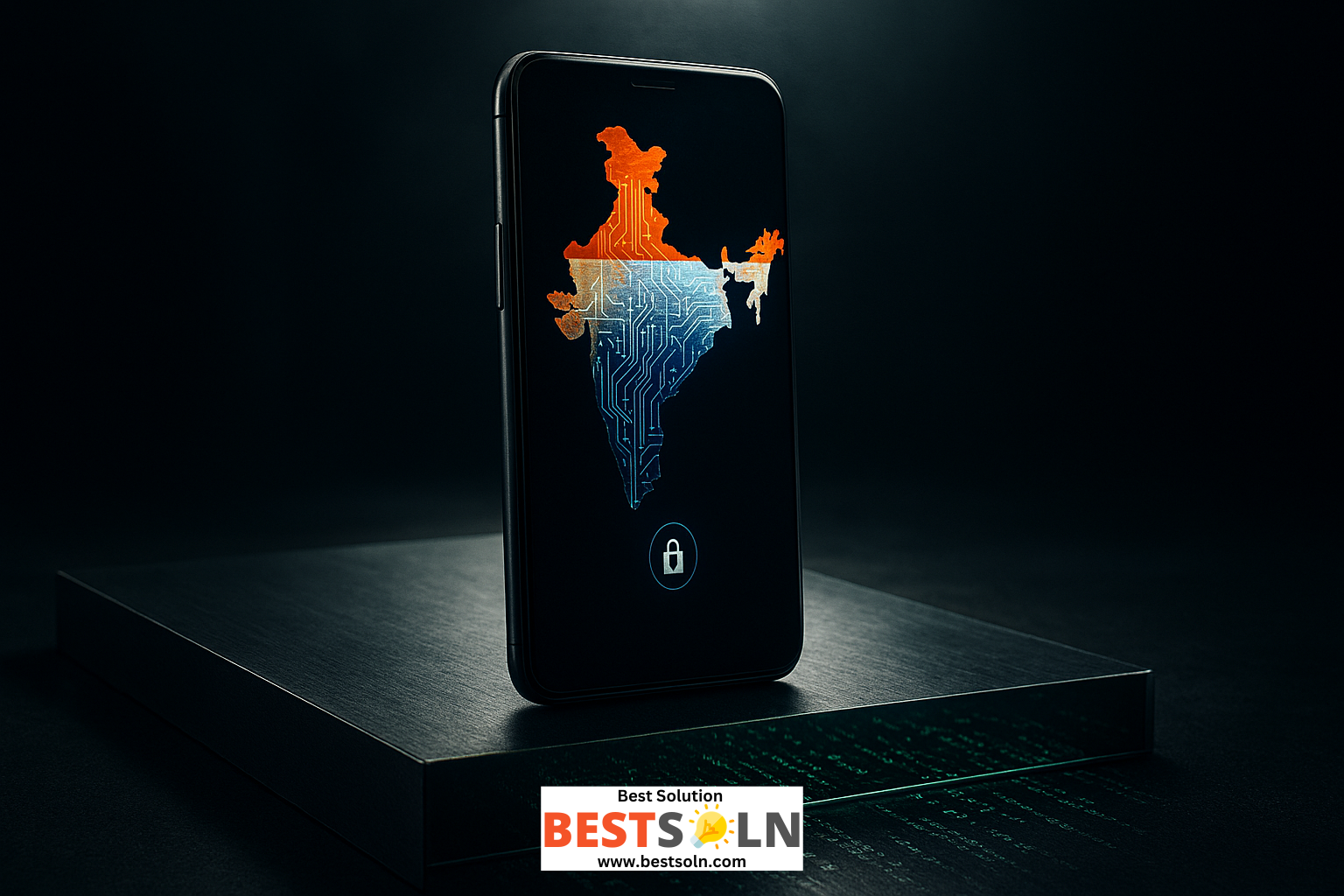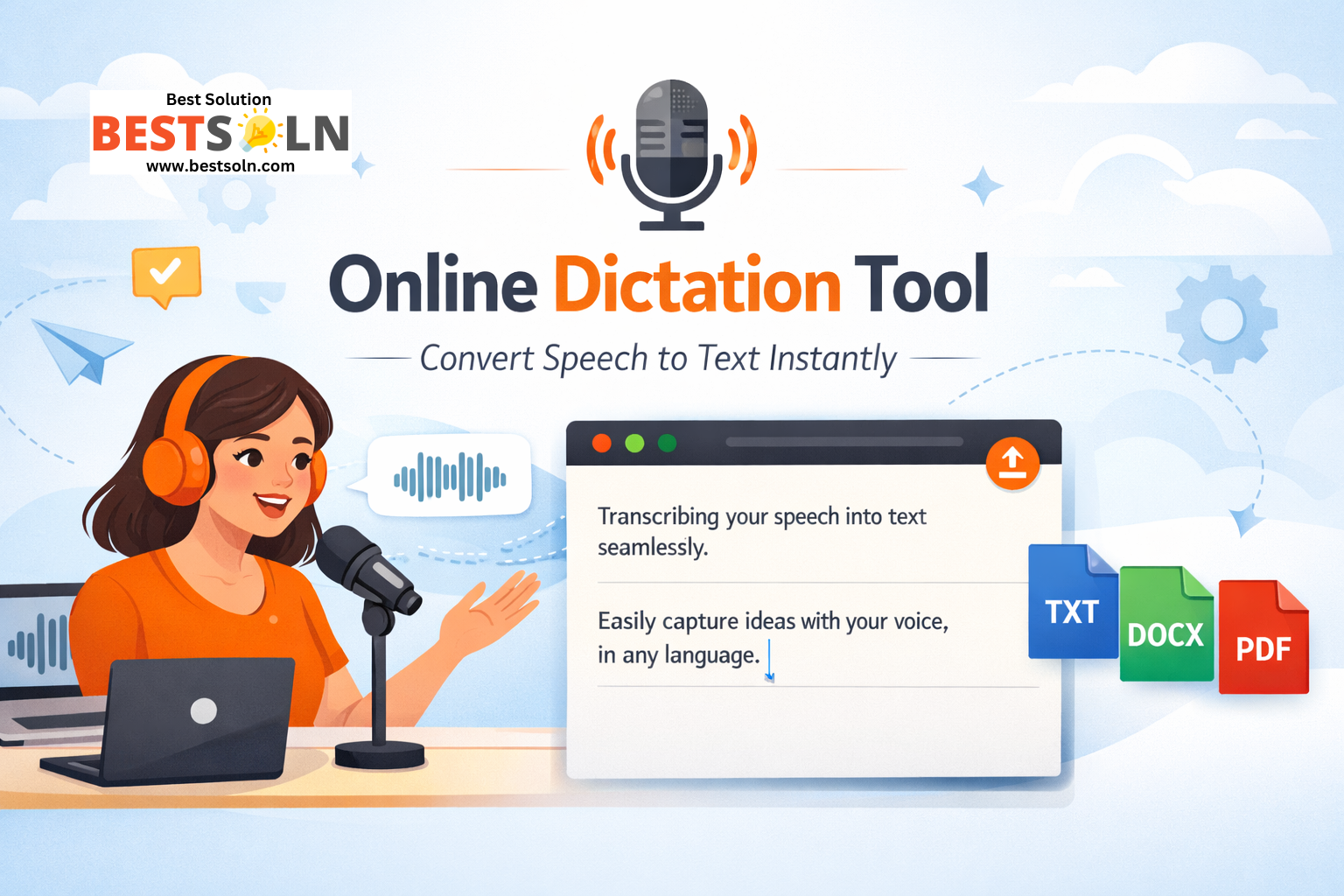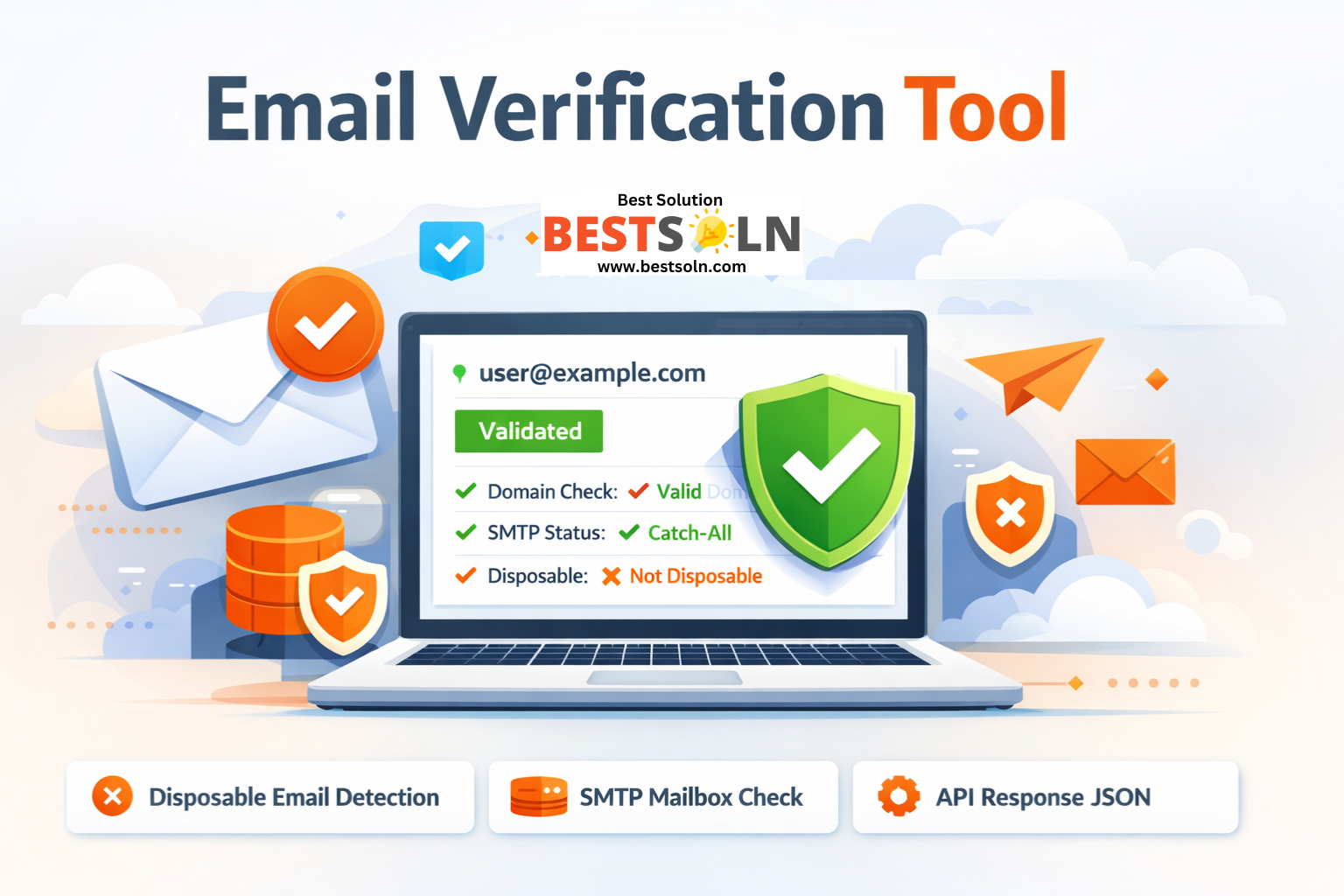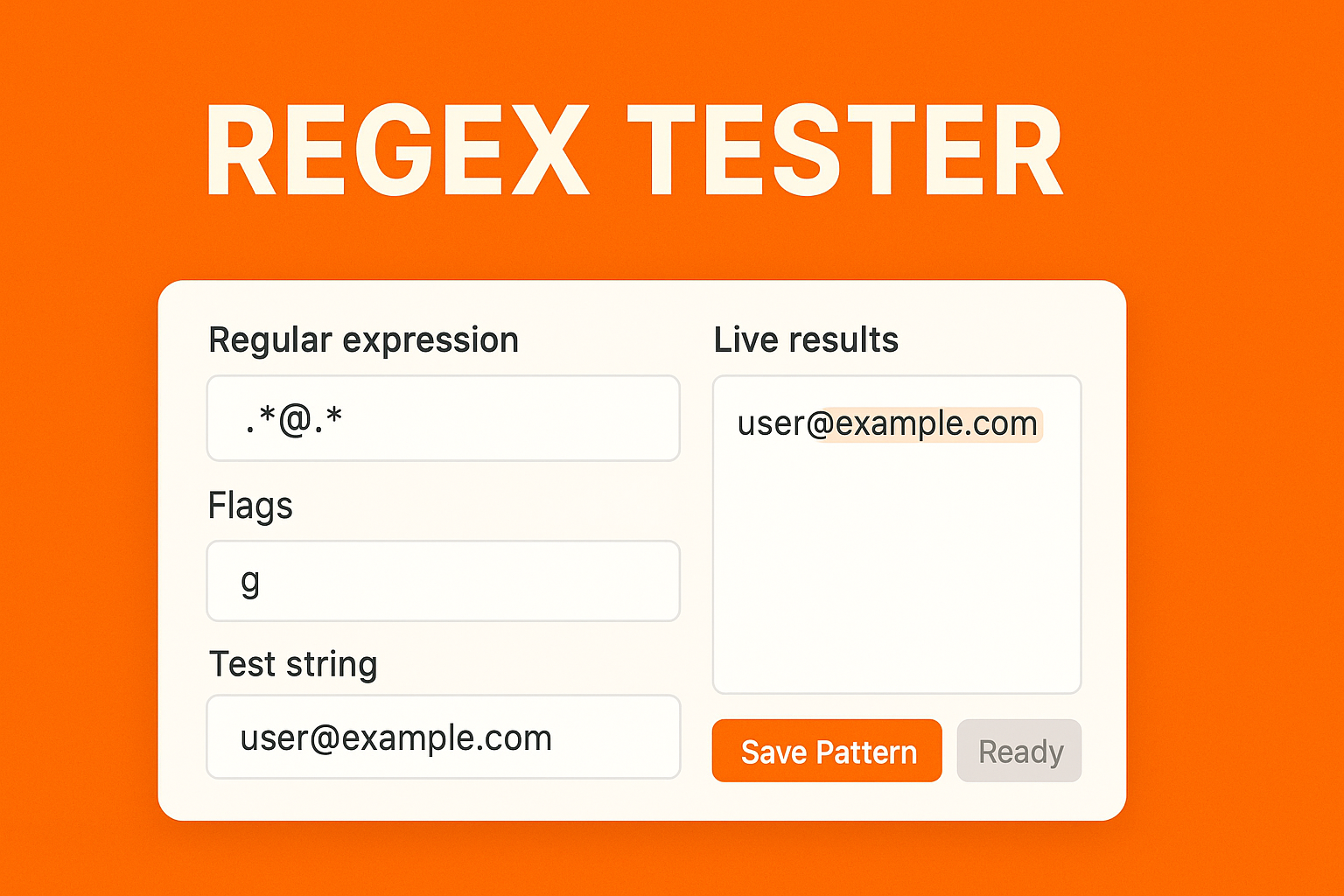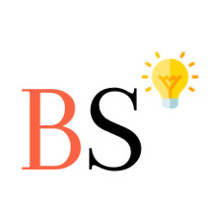- Home
- /
- Courses
- /
- Fundamentals of Intellectual Property
- /
- B. Patents – Protecting Inventions
Introduction
In the realm of intellectual property, patents stand as the guardians of innovation, shielding the spark of human ingenuity that drives technological and scientific progress. From the wheel to the microchip, from penicillin to mRNA vaccines, patents have fueled transformative inventions by granting inventors exclusive rights to their creations. But what makes an invention patentable? How does the patent system balance the inventor’s reward with society’s need for accessible innovation? This chapter delves into the world of patents, exploring their legal foundations, application processes, strategic uses, and global implications. Through real-world examples and practical insights, we will uncover how patents shape industries, spark disputes, and navigate the complexities of a rapidly evolving technological landscape.
Patents are more than legal documents; they are economic and cultural catalysts. They incentivize the costly, risky process of research and development (R&D) while ensuring that, eventually, society benefits from shared knowledge. Whether you’re an inventor sketching ideas in a garage, a corporation safeguarding a billion-dollar product, or a policymaker grappling with access to life-saving technologies, understanding patents is essential. This chapter will equip you with the knowledge to navigate the patent system, from its core principles to its practical applications and challenges.
The Essence of a Patent
A patent is a government-granted right that allows an inventor to exclude others from making, using, selling, or importing their invention for a limited period, typically 20 years from the filing date. In exchange, the inventor must publicly disclose the invention’s details, enriching the public domain once the patent expires. This quid pro quo—exclusive rights for disclosure—underpins the patent system’s role in promoting innovation.
To qualify for a patent, an invention must meet three universal criteria:
- Novelty: The invention must be new, meaning it cannot be something already known or used by others before the filing date. For example, Alexander Graham Bell’s telephone (patented in 1876) was novel because it introduced a new way to transmit sound electrically.
- Non-Obviousness: The invention must not be obvious to someone skilled in the relevant field at the time of invention. This ensures patents are granted only for significant advancements, not trivial tweaks. For instance, the Wright brothers’ airplane patent (1906) was non-obvious because it introduced a novel system for controlling flight.
- Utility: The invention must be useful, meaning it has a practical application. This criterion excludes purely theoretical concepts or inventions with no functional purpose.
Patents come in three main types: utility patents (for processes, machines, or compositions of matter), design patents (for ornamental designs of functional items), and plant patents (for new plant varieties). Utility patents dominate, covering everything from pharmaceuticals to software algorithms.
The Patent Application Process
Securing a patent is a rigorous, often daunting process that requires precision, patience, and legal acumen. In the United States, the U.S. Patent and Trademark Office (USPTO) oversees patent applications, while similar bodies, like the European Patent Office (EPO), handle filings in other regions. The process typically unfolds as follows:
- Invention Disclosure: The inventor documents the invention, detailing its structure, function, and novelty. This often involves technical drawings, prototypes, and written descriptions.
- Patent Search: Before filing, inventors conduct a prior art search to ensure their invention is novel. This involves reviewing existing patents, scientific literature, and public disclosures. Tools like the USPTO’s Patent Public Search or Google Patents aid this step.
- Filing the Application: The inventor submits a patent application, including a detailed specification, claims (defining the invention’s legal boundaries), and an abstract. Applications can be provisional (a temporary placeholder) or non-provisional (a full application).
- Examination: A patent examiner reviews the application, assessing novelty, non-obviousness, and utility. This often involves back-and-forth communication, with the applicant amending claims to address objections.
- Grant or Rejection: If approved, the patent is granted, conferring exclusive rights. If rejected, the applicant can appeal or revise the application. The process can take 2–5 years, with costs ranging from $5,000 to $20,000, depending on complexity and legal fees.
For example, Thomas Edison filed over 1,000 patents, including his famous light bulb patent (U.S. Patent No. 223,898). His meticulous documentation and strategic use of the patent system cemented his legacy as America’s greatest inventor.
Patent Infringement and Defenses
A patent’s value lies in its enforceability. Patent infringement occurs when someone makes, uses, sells, or imports the patented invention without permission. Infringement cases are often high-stakes, as seen in the Apple vs. Samsung litigation (2011–2018), where Apple accused Samsung of copying iPhone design and functionality, resulting in damages exceeding $1 billion.
Defending against infringement claims involves several strategies:
- Non-Infringement: Arguing that the accused product or process does not fall within the patent’s claims.
- Invalidity: Challenging the patent’s validity by proving it lacks novelty, is obvious, or was improperly granted.
- Fair Use or Exemptions: Certain uses, like research or experimentation, may be exempt from infringement in some jurisdictions.
Enforcement often involves cease-and-desist letters, licensing negotiations, or litigation. However, litigation is costly and complex, prompting many parties to settle through licensing agreements.
International Patent Systems
Patents are territorial, meaning a U.S. patent only protects an invention in the United States. To secure global protection, inventors must file in multiple jurisdictions, a costly and complex endeavor. The Patent Cooperation Treaty (PCT), administered by WIPO, streamlines this by allowing a single international application to be filed, which can then be pursued in over 150 member countries. Regional systems, like the EPO for Europe or the African Regional Intellectual Property Organization (ARIPO), further simplify filings.
International patent systems face challenges, particularly in harmonizing standards. For example, the U.S. follows a “first-to-file” rule (whoever files first gets the patent), while some countries historically used “first-to-invent.” The TRIPS Agreement (1994) sets minimum standards for patent protection globally, requiring 20-year terms and non-discriminatory treatment. However, disparities persist, especially in developing nations, where patent protections on pharmaceuticals can limit access to affordable generics, as seen in debates over HIV/AIDS drugs in the early 2000s.
Patent Licensing and Monetization
Patents are not just shields; they are assets that can be leveraged for profit. Licensing allows patent holders to grant others permission to use their invention in exchange for royalties. For instance, Qualcomm licenses its wireless technology patents to smartphone manufacturers, generating billions in revenue annually. Licensing agreements specify terms like scope, duration, and payment, often tailored to specific markets or applications.
Monetization also includes selling patents outright or using them as collateral in business deals. Universities, for example, license patented technologies to companies, as seen with Stanford’s licensing of Google’s PageRank algorithm in the 1990s. Patent pools, where multiple patent holders combine their IP for shared licensing, are common in industries like telecommunications to reduce litigation and promote standardization.
Challenges and Controversies in Patent Law
The patent system is not without critics. Key challenges include:
- Patent Trolls: Entities that acquire patents solely to sue for infringement, rather than produce goods, cost U.S. businesses an estimated $29 billion annually, according to a 2016 study.
- Over-Patenting: Granting patents for minor or obvious improvements can stifle innovation, as seen in debates over software patents.
- Access vs. Innovation: In pharmaceuticals, patents incentivize R&D but can delay affordable generics. The 2001 Doha Declaration allowed developing nations to issue compulsory licenses for essential medicines, highlighting this tension.
- Emerging Technologies: Patenting AI algorithms, gene-editing tools like CRISPR, or 3D-printed objects raises questions about what qualifies as patentable subject matter.
These issues underscore the need for ongoing reform to ensure patents promote, rather than hinder, progress.
Patents in Action: Case Studies
Consider the story of mRNA vaccines, which transformed the fight against COVID-19. Companies like Moderna and Pfizer/BioNTech relied on patents to protect their mRNA technologies, developed over decades of costly research. These patents enabled rapid vaccine development but sparked debates over global access, as wealthier nations secured doses while poorer ones faced shortages. In 2021, calls for patent waivers under TRIPS highlighted the tension between rewarding innovation and ensuring equitable access.
Another example is the Wright brothers’ 1906 patent for their flying machine (U.S. Patent No. 821,393). Their broad claims over flight control systems led to legal battles with competitors like Glenn Curtiss, illustrating how patents can both spur innovation and fuel disputes in nascent industries.
Recommended Readings
- World Intellectual Property Organization (WIPO). (2004). WIPO Intellectual Property Handbook. Chapter 2 offers a detailed overview of patent law and its international frameworks, accessible at wipo.int.
- Bessen, J., & Meurer, M. J. (2008). Patent Failure: How Judges, Bureaucrats, and Lawyers Put Innovators at Risk. A critical analysis of the patent system’s challenges, with insights into patent trolling and litigation.
- United States Patent and Trademark Office (USPTO). Patent Basics. An accessible guide to the U.S. patent process, available at uspto.gov.
- Merges, R. P., Menell, P. S., & Lemley, M. A. (2016). Intellectual Property in the New Technological Age. A comprehensive text covering patent law’s legal and economic dimensions.
- WIPO. (2020). World Intellectual Property Report: The Geography of Innovation. Explores how patents drive innovation clusters, with case studies from tech and biotech industries.
Conclusion
Patents are the lifeblood of innovation, transforming ideas into protected assets that drive progress across industries. By granting inventors temporary monopolies, patents incentivize the risky, costly work of R&D while ensuring society benefits from shared knowledge. This chapter has explored the legal foundations, application processes, and strategic uses of patents, alongside their global frameworks and challenges. From the Wright brothers’ flying machine to Moderna’s mRNA vaccines, patents have shaped history while sparking debates over access, fairness, and reform. As we move forward, understanding patents will be crucial for navigating the intersection of creativity, commerce, and technology in an ever-evolving world. The next chapter will turn to copyrights, exploring how they protect the creative expressions that enrich our cultural landscape.

